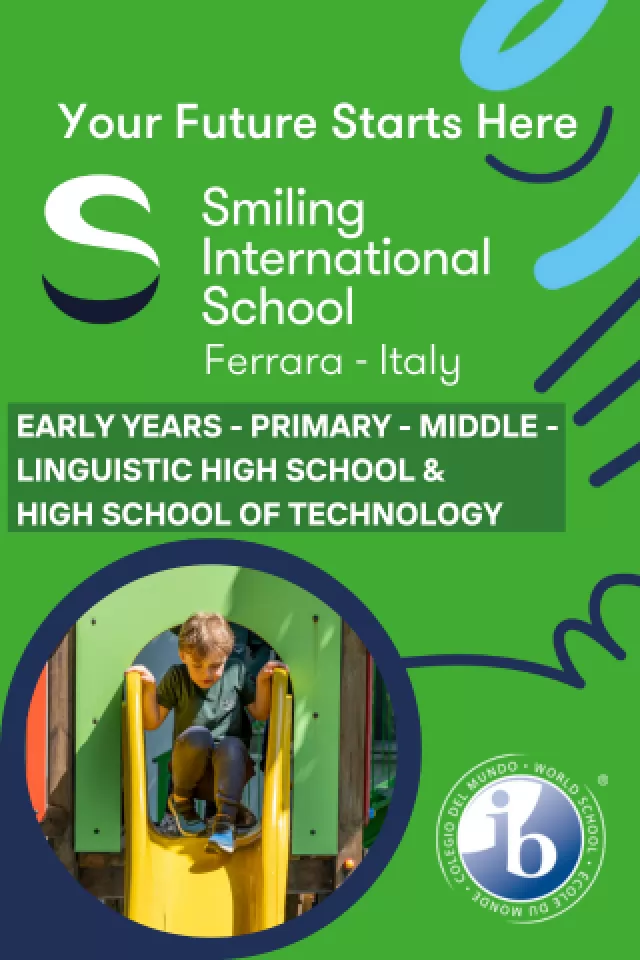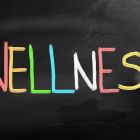Off the beaten track. A taste of the Ciociaria.
A good map of Lazio is advised for the following trip, because once off the motorway, the roads twist in all directions. It is also a good idea to set off early in order to avoid finding churches closed for the midday break.
Head down the A1 towards Naples for about 70 kms and turn off at Frosinone. Skirt round this unattractive city and head south towards Sora. This area, once the heartland of the Hernici, one of the ancient peoples of Latium and subjugated by the Romans in 306 BC, is watered by the rivers Sacco and Liri and has always been prosperous. Consequently it has splendid buildings and monuments from the fifth century BC up to the 18th century AD.
After about 10 kms from the motorway exit, turn off to the left towards Veroli. Park outside the Porta Romana and proceed on foot. High up to the left is the most ancient part of the city, where the Hernici, with an eye to the defensive possibilities of the site, built an acropolis. The remains are still visible in the subsequent jumble of mediaeval houses and churches. Todays centre is up the hill from the Porta Romana and to the right. Here are the towns two main monuments. First, the church of S. Maria Salome. This comely building is dedicated to the mother of the apostles John and James the Greater, and she is buried here. It is set in an attractive ecclesiastical complex, which dates back to the 13th century, but has been damaged by earthquakes over the centuries and much altered. There are some interesting 13th-century frescoes in the crypt, but what makes the church unique is its own Scala Santa, declared by Pope Benedict XIV in the 1740s to be on a par with the one in Rome.
The second monument worth seeing is the nearby cathedral of S. Andrea which has been rebuilt too often to be particularly distinguished architecturally but contains an unexpectedly rich treasury. The most important piece is a 12th-century Arab-Sicilian ivory casket, which was sold to the Victoria and Albert Museum in London in 1863. However, there are similar caskets left, as well as mediaeval crosses, chalices and silver church plate.
Leaving Veroli behind, take the road that loops round to the north towards the certosa of Trisulti. After some 12 kms the enormous and spectacular monastery comes into view on the left; founded in the 13th century by Carthusian monks and expanded up until the 18th century, it sits in majestic isolation in the middle of vast expanses of oak forest. The earlier parts are constructed with beautiful stone ogival arches and include the very fine, much rebuilt church of S. Bartolomeo; there is also a handsome and well-preserved 17th-century pharmacy, complete with a wide range of glass and ceramic jars, with ceilings painted with allegorical scenes.
From here drive down an infinity of bends past Collepardo, with caves beloved by speleologists and the so-called Pozzo dAntullo, a vast hole in the ground, which is 140 m across, 50 m deep and one of the most interesting natural phenomena in Italy.
At Alatri, another Hernici stronghold, there are the best-preserved Cyclopean walls (constructed in huge, irregular-cut stones, mostly weighing several tons each) in Italy. The acropolis has dominated the surrounding plain since the fifth century BC and is still visible from many kilometres away; the extraordinary walls were built in concentric circles and emerge all over the town, as simple walls or as foundations or lower floors of later buildings. The cathedral, which is at the top of the town on a base of huge polygonal stones, was once part of an ancient cult building. The church of S. Maria Maggiore is also picturesque and interesting, but may be shut by the time you get there. So have a quick walk around the handsome historic centre, making sure not to miss the magnificent Porta Maggiore. Wonder, as travellers have for over 2,000 years, at the monstrous size of the polygonal stones and the precision with which they are cut, and then stop for lunch in one of the several excellent but simple trattorie.
Now head towards Ferentino, which is also girt by Cyclopean walls and has an interesting historic centre, and then on to Anagni, one of the most perfectly preserved mediaeval towns in Italy. Anagni was a veritable factory for popes in the 13th century, producing four between 1198 and 1294, including Bonifacio VIII, inventor of the Jubilee. The magnificence of the fine stone buildings throughout most of the extensive historic centre reflects this importance. The 13th-century austere, gothic palazzo comunale, built over a wide vaulted passage, is superb. The romanesque cathedral has a very beautiful detached bell tower, naves which are divided by alternating round and square piers and, most importantly, a lavishly-frescoed crypt. Due to the unvarying temperature and humidity of the crypt, these frescoes, painted by an unknown artist around 1250, are extraordinarily well-preserved. They depict Old and New Testament scenes as well as ones illustrating scientific knowledge of the time, particularly in the field of medicine. There is a treasury here too, with vestments, church plate, vessels and an exquisite reliquary of St Thomas Becket, fashioned in gilt and Limoges enamel. The visitor could do worse than eat in Anagni, as there is a very good choice of trattorie.
Veroli: S. Maria Salome open all day. S. Andrea closed 12.00-15.30; treasury is visible by appointment (contact John Fort, fort.rome@mclink.it).
Certosa of Trisulti: open 09.30-12.00, 15.30-17.30
Anagni: Cathedral, treasury and crypt open 09.00-13.00, 15.00-18.00.




















